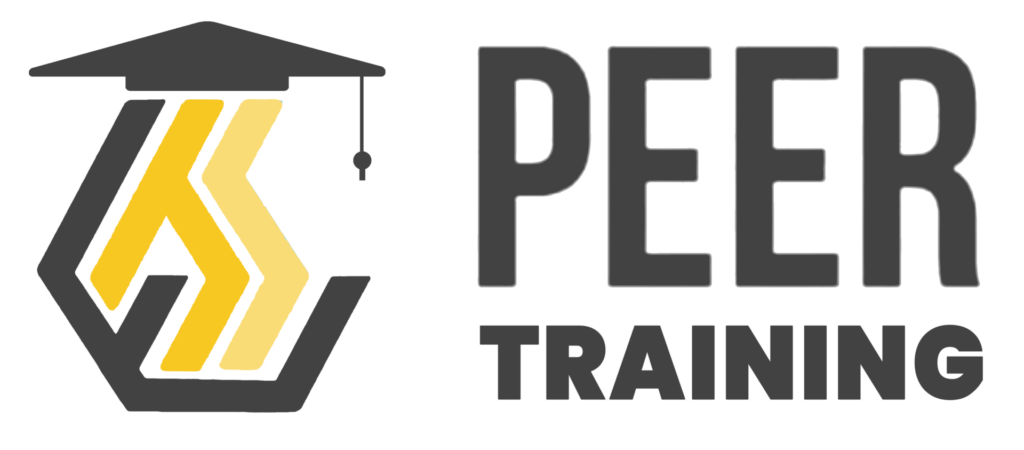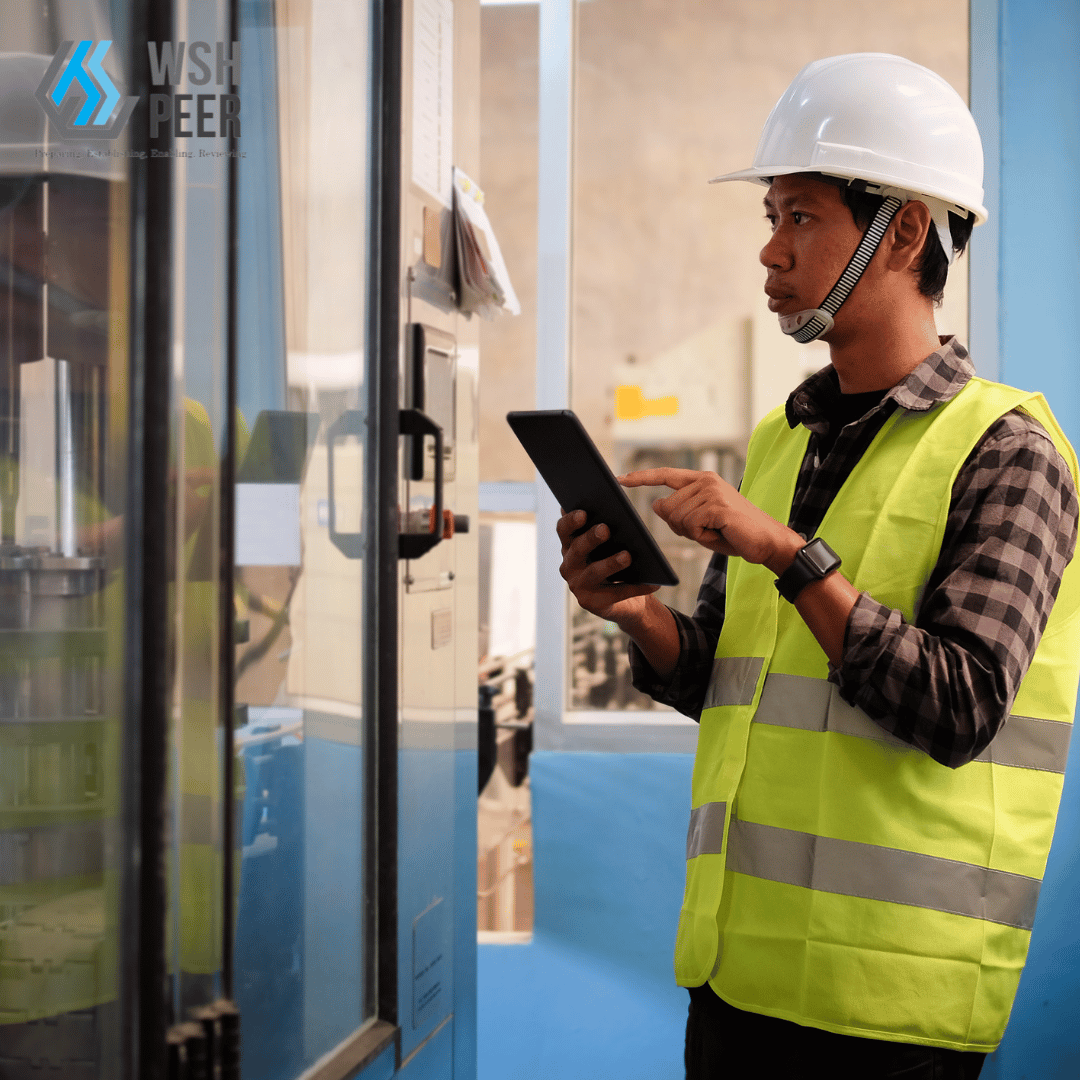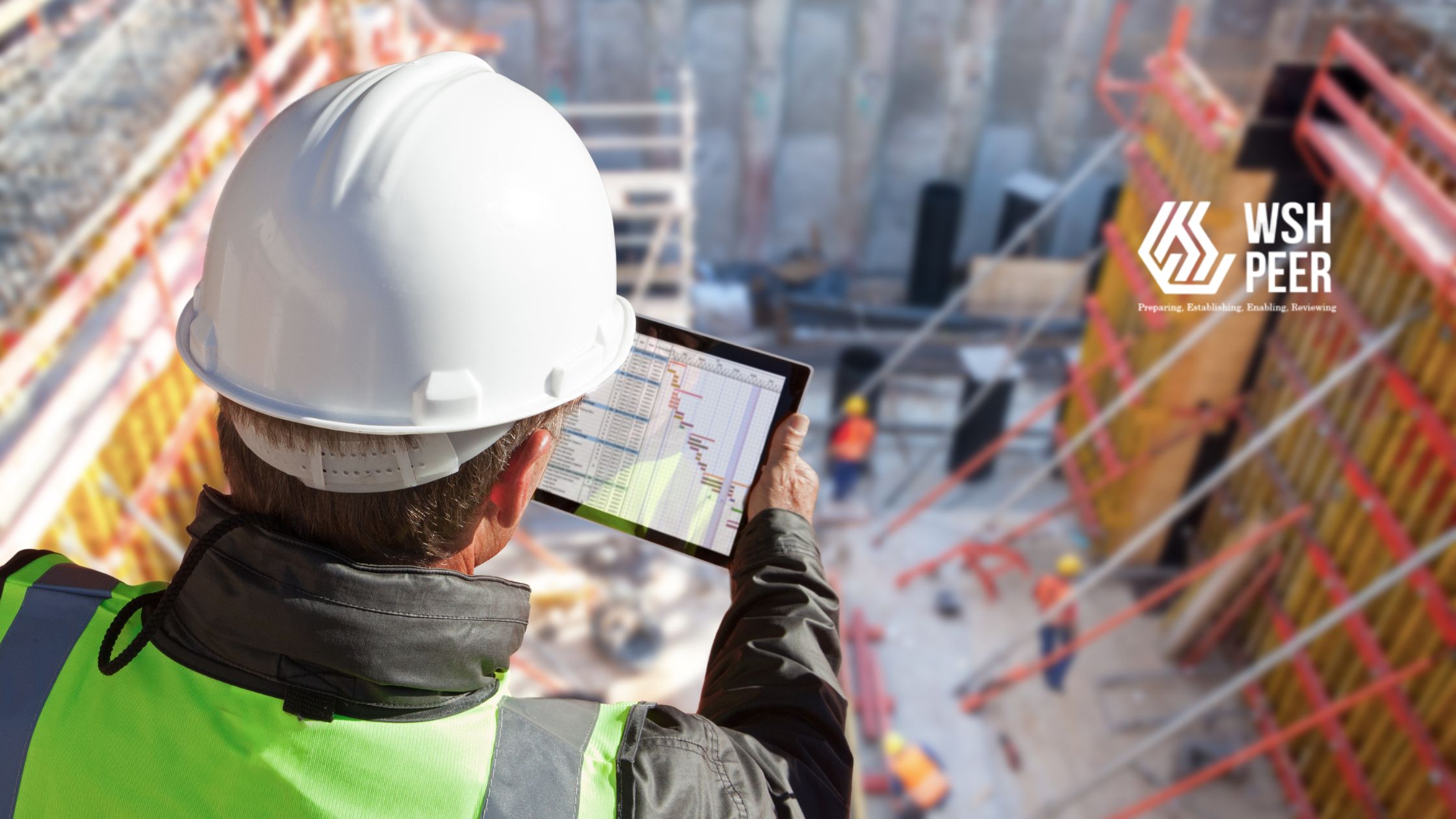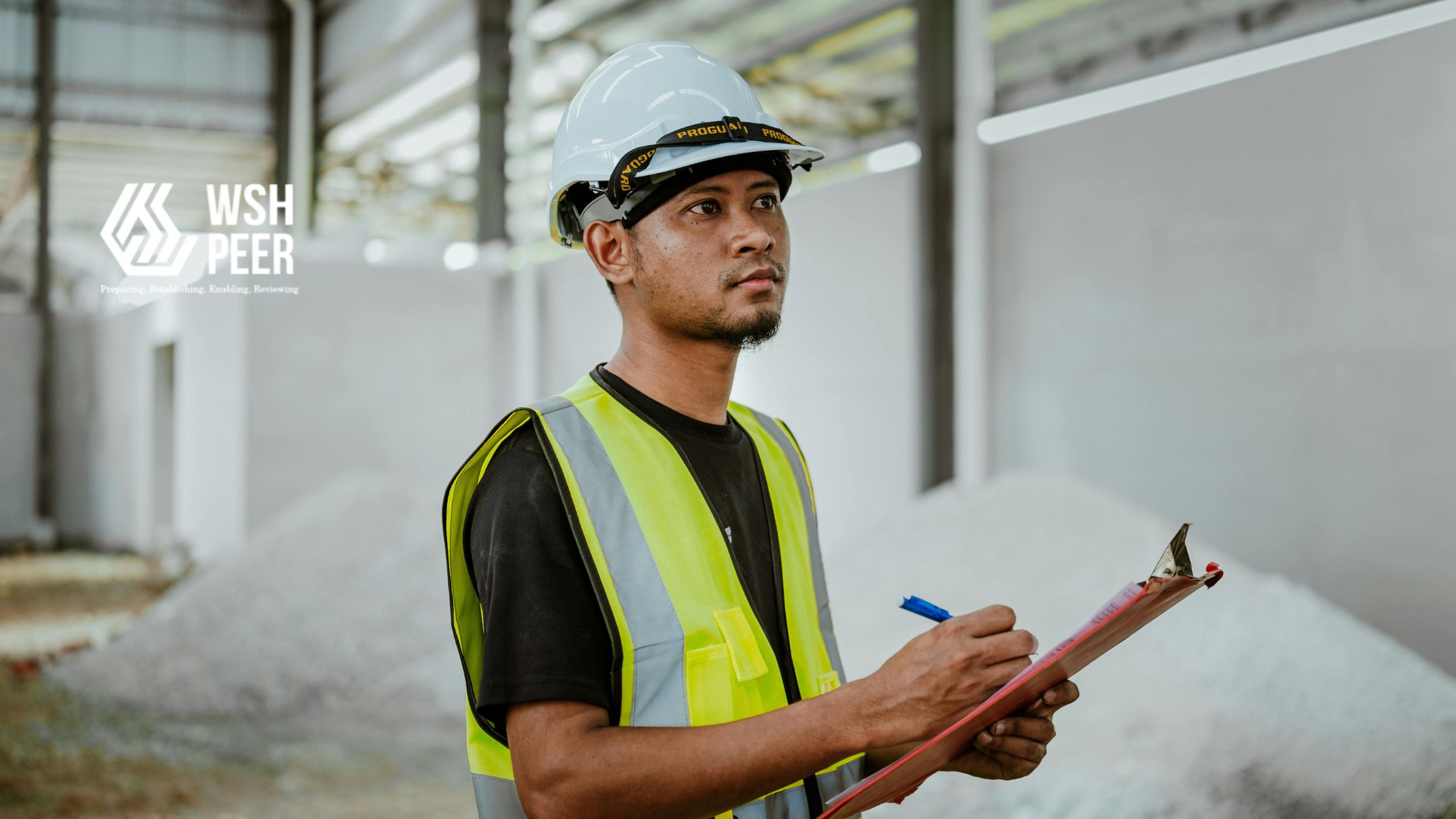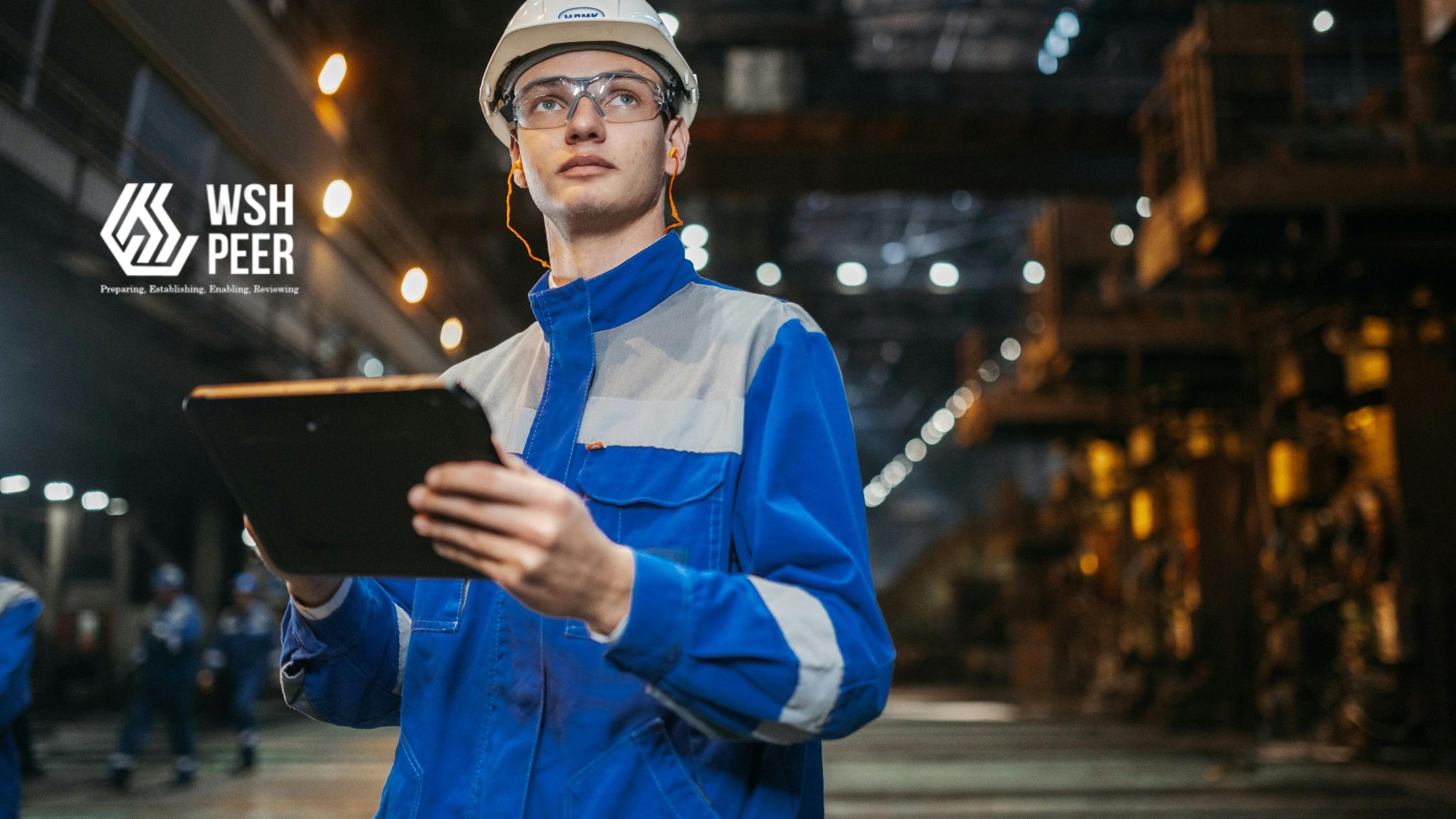Since 2003, World Occupational Safety and Health (OSH) Day has been observed every April 28 as part of the International Labour Organization’s (ILO) Global Strategy on Occupational Safety and Health. The day serves not only as a moment of reflection and awareness but also as a global call for action to prevent workplace accidents and diseases through collaboration between governments, employers, and workers.
This year’s theme, “Revolutionizing health and safety: The role of AI and digitalization at work”, focuses on how technology is reshaping the way we think about safety and health at work. As the world of work evolves rapidly, artificial intelligence (AI) and digital tools are emerging as transformative forces bringing both tremendous opportunities and new challenges.
Let’s explore how digital transformation is redefining occupational safety and health, and why it matters more than ever.
Digitalization and Its Impact on OSH
The digital revolution has altered the nature of work across all sectors. From manufacturing floors to home offices, digital tools are influencing how tasks are performed, monitored, and managed. When thoughtfully designed and responsibly implemented, these technologies can be powerful allies in advancing workplace safety and health. Some key benefits include:
Reducing workplace risks and injury rates by automating hazardous tasks
Keeping workers away from dangerous environments (e.g., exposure to chemicals, extreme heat, or heavy machinery)
Automating physically demanding or repetitive tasks, reducing fatigue-related accidents
Improving productivity and task distribution, easing worker strain
Providing new training and upskilling opportunities aligned with digital-age demands
With so much promise, it’s important to understand how digitalization is being applied on the ground. What types of technologies are companies embracing today to promote safer and healthier workplaces?
Automation and Robotics in the Workplace

Advanced automation and robotics are no longer the stuff of science fiction—they’re a growing part of everyday operations in many industries. AI-driven machines now assist with physical and cognitive tasks, including manufacturing, data analysis, logistics, and even customer service.
Key examples include:
-
Industrial robots handling repetitive or dangerous assembly line tasks
-
Drones inspecting remote or risky locations such as construction sites or power lines
-
Exoskeletons supporting workers’ bodies during physically strenuous tasks
-
Collaborative robots (cobots) working side by side with humans in dynamic environments
AI also supports automation in less visible but critical ways. For example, AI algorithms monitor worker health indicators, power autonomous vehicles, and run chatbots for internal HR or safety communication.
However, the rise of automation brings significant shifts in the labor market. Studies estimate that up to 75 million jobs could be displaced by automation, while AI may augment or transform an additional 427 million. Women, especially those working in sectors like customer service or administrative roles, face higher displacement risks.
This underlines the importance of building safety-focused technology transitions that are inclusive and equitable.
Smart OSH and Digital Monitoring Systems
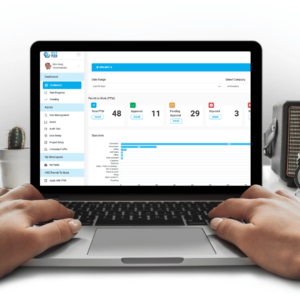
One of the most promising developments in digital safety is the rise of smart OSH systems tools that offer real-time monitoring and alerts for workplace hazards. These systems use a combination of AI, wearable devices, drones, and sensors to track:
Ergonomic risks (such as poor posture or repetitive motion)
Noise levels
Air quality and presence of harmful gases
Temperature extremes
Worker health indicators (e.g., heart rate, fatigue, body temperature)
By continuously collecting and analyzing data, these systems can provide early warnings before an accident occurs or help tailor preventive measures to specific risk profiles.
Industries like mining, agriculture, chemicals, construction, and textiles—where physical hazards are higher—are seeing significant benefits from these smart monitoring tools. In addition to protecting workers, the data collected is invaluable for long-term safety planning and risk management.
Extended Reality (XR) and Virtual Reality (VR) for Safety Training
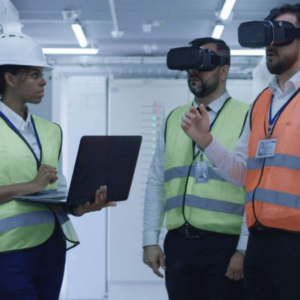
Training has always been a core pillar of OSH, but traditional methods often fall short when preparing workers for high-risk tasks. This is where Extended Reality (XR) and Virtual Reality (VR) come in offering immersive, controlled environments for skill-building and hazard identification.
Some of the most impactful applications of XR/VR in OSH include:
Simulated training for complex or hazardous tasks (e.g., handling heavy machinery, chemical spills)
Virtual walkthroughs of job sites to assess hazards before physical work begins
Interactive safety planning using 3D models of projects
In manufacturing and construction, for instance, VR can be used to visualize building layouts and identify structural risks. In the logistics and automotive industries, real-time instructions via XR can reduce operational errors and physical strain.
Healthcare workers also benefit from VR training that simulates surgeries or emergency procedures, improving decision-making skills without endangering patients.
By allowing “failures” to happen safely in simulations, XR and VR accelerate learning while reducing real-world risks.
Algorithmic Management: Digital Oversight of Workflows
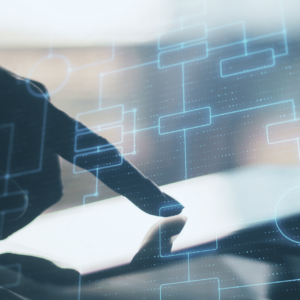
Algorithmic Management (AM) is a form of digital governance where algorithms, data analytics, and AI are used to monitor, guide, and evaluate worker performance. It relies on technologies such as:
Big data analytics
Machine learning
Geolocation tracking
Wearable sensors
Originally popularized by gig economy platforms, AM is now spreading to more traditional industries like warehousing, manufacturing, customer service, healthcare, and transportation. In the U.S., around 80% of large companies reportedly use some form of algorithmic tracking to evaluate employee productivity.
While AM can help ensure fairness and efficiency, it also raises critical concerns about surveillance, privacy, and stress. Workers may feel they are constantly being watched or judged by metrics that don’t reflect the quality or context of their work.
Here, balance is key. AM should support, not replace human judgment, and its design must prioritize transparency, accountability, and worker well-being.
Work Arrangement Transformations Through Digitalization

The COVID-19 pandemic rapidly accelerated the shift toward remote work, hybrid setups, and digital collaboration platforms. What started as a crisis response has now become a long-term workplace evolution.
Today, hybrid work has become the norm for many white-collar professionals. In the U.S., about 41% of workers whose jobs can be done remotely now follow a hybrid schedule—splitting time between the office and home. Fields such as IT, finance, and journalism are particularly well-suited to this model.
Meanwhile, digital labor platforms are thriving. They support two broad categories of work:
Online-based (e.g., freelance writing, design, software development)
Location-based (e.g., food delivery, transportation, home services)
According to recent estimates, digital platforms now engage up to 12% of the global workforce.
While digital work arrangements offer flexibility and access to global markets, they also introduce new OSH challenges. These include:
Ergonomic risks from home office setups
Blurred boundaries between work and rest
Greater job precarity for platform workers without formal protections
Thus, modern OSH strategies must expand to cover these non-traditional work environments.
Digitize Your Workplace Safety
Simolify your WSH processes to stay compliant and audit-ready.Opportunities and Challenges
Digitalization brings tremendous promise for improving workplace safety and health. It enables faster risk detection, better decision-making, and more responsive work environments. Technologies such as automation, robotics, wearables, and smart systems are already helping to reduce exposure to physical harm and enhance job efficiency.
However, the digital transformation of work is not without complications. Emerging risks include:
Physical overload or repetitive strain due to overreliance on tools
Psychosocial risks, such as stress, surveillance fatigue, and anxiety
Job insecurity, especially in gig work or roles vulnerable to automation
As we celebrate World OSH Day 2025, we must acknowledge that while technology is a tool, it is not a substitute for holistic safety management. Achieving a safer, healthier workplace in the digital age requires thoughtful regulation, inclusive policies, and a commitment to worker participation.
Final Thought
The integration of AI and digital technologies into occupational safety and health is a defining feature of our era. But the success of this transformation depends on our ability to center workers in the process ensuring their rights, safety, and dignity are protected every step of the way.
As a final thought, platforms like PEER are helping businesses in various industries manage their safety programs more easily. Built as a web-based application, PEER offers practical digital solutions such as customizable safety checklists, real-time monitoring, and compliance tracking, making it easier for safety officers, supervisors, and teams to create safer work environments. It’s a powerful example of how digital tools, when designed with people in mind, can elevate safety culture across the board.
Let us take this moment not only to celebrate how far we’ve come but also to look ahead to a future where technology enhances human well-being, not replaces it.
Happy World OSH Day 2025. Stay safe, stay connected.

